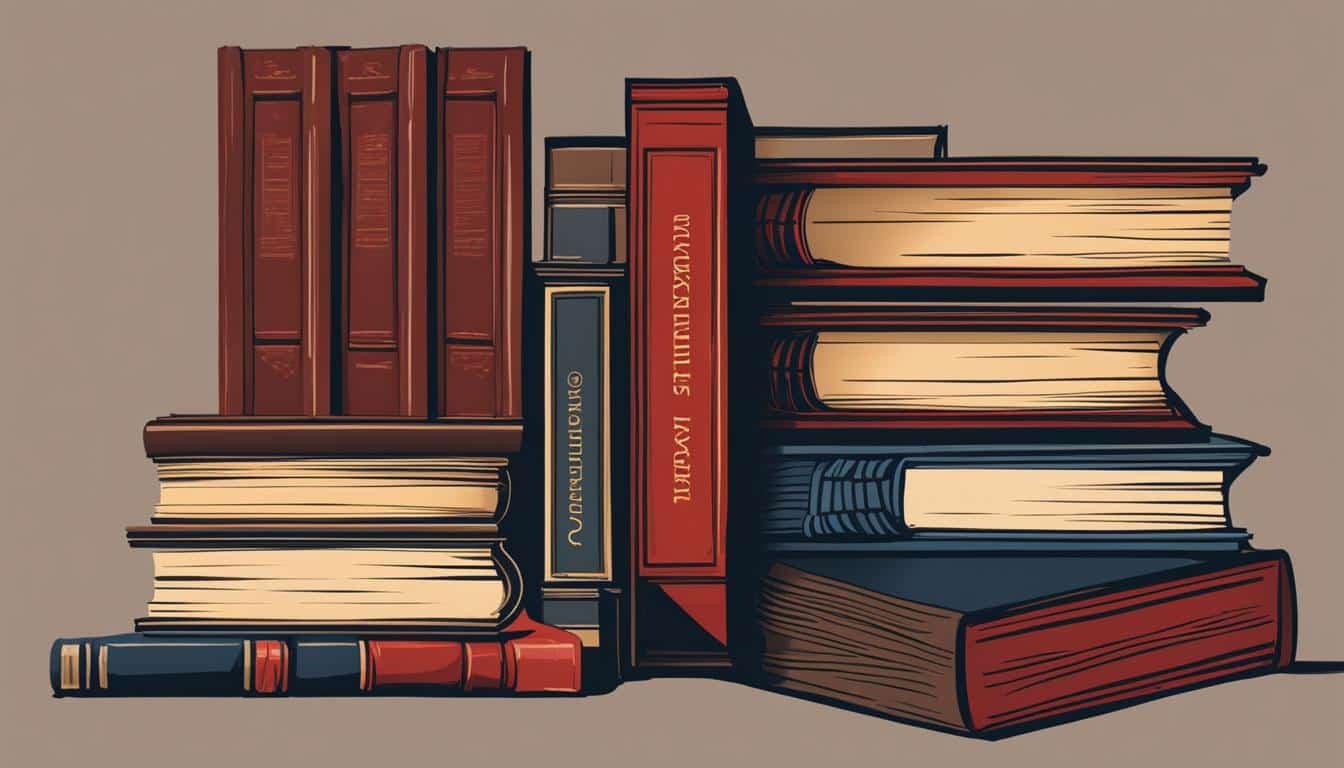Transmitting obscenity and child pornography is illegal under federal law for both adults and juveniles. Obscenity is not protected by the First Amendment rights to free speech, and violations of federal obscenity laws are considered criminal offenses.
The U.S. courts use the Miller test to determine if material is obscene. This test considers factors such as whether the material appeals to prurient interests, whether it depicts or describes sexual conduct in a patently offensive way, and whether it lacks serious literary, artistic, political, or scientific value.
Convicted offenders of federal obscenity laws can face fines and imprisonment. There are also specific provisions that prohibit the distribution of obscene material to minors, with harsher penalties for offenses involving minors.
The Child Exploitation and Obscenity Section (CEOS) is responsible for enforcing federal obscenity laws and works in collaboration with various law enforcement agencies.
Key Takeaways:
- Transmitting obscenity and child pornography is illegal under federal law.
- Obscenity is not protected by the First Amendment rights to free speech.
- The Miller test is used to determine if material is obscene.
- Convicted offenders can face fines and imprisonment.
- Distribution of obscene material to minors is prohibited with harsher penalties for offenses involving minors.
Types of Obscenity Crimes and Penalties
Obscenity crimes encompass a range of offenses related to the distribution, production, and sale of explicit and offensive material. The penalties associated with these crimes vary depending on the severity of the offense and the specific federal statute violated. Understanding the types of obscenity crimes and their corresponding penalties is crucial for both law enforcement agencies and individuals navigating the legal landscape.
Distribution of Obscene Material
One type of obscenity crime is the distribution of obscene material. This involves disseminating explicit content through various mediums, such as physical distribution or online platforms. The penalties for this offense can include fines and imprisonment. It’s important to note that the severity of the penalty may increase if the distribution involves minors or if the offense occurs across state lines.
Production of Obscene Material
The production of obscene material is another category of obscenity crime. This refers to the creation or manufacturing of explicit content for distribution or sale. Individuals involved in the production of obscene material can face significant legal consequences, including substantial fines and lengthy prison sentences. Moreover, if the production involves minors or if the material is distributed across state lines, the penalties can be even more severe.
Sale and Transportation of Obscene Material
The sale and transportation of obscene material is yet another form of obscenity crime. This includes activities such as selling explicit content or transporting it across state lines for commercial purposes. Those found guilty of engaging in these activities can be subject to substantial fines and imprisonment. It’s worth noting that the penalties may be heightened if the material involves minors or if the offense is part of a larger criminal enterprise.
To gain a comprehensive understanding of the various types of obscenity crimes and their associated penalties, refer to the table below:
| Obscenity Crime | Penalties |
|---|---|
| Distribution of Obscene Material | Varies based on offense severity and involvement of minors or interstate distribution |
| Production of Obscene Material | Varies based on offense severity and involvement of minors or interstate production |
| Sale and Transportation of Obscene Material | Varies based on offense severity and involvement of minors or interstate sale/transportation |
It’s important to note that the information provided in the table is a general overview and does not encompass all possible scenarios or legal nuances surrounding obscenity crimes and their penalties. To ensure accurate and up-to-date information, consulting the relevant federal statutes and seeking legal counsel is paramount.
Constitutional Principles and the Miller Test
When it comes to regulating obscenity, the constitutionality of federal statutes is guided by important constitutional principles. The power to regulate or ban pornography falls under the authority of Congress, as stated in Article I, Section 8 of the Constitution. Specifically, Congress can exercise its power to regulate commerce and establish post offices to enact statutes related to pornography.
However, it is crucial that any statute enacted does not violate the provisions of the Constitution, particularly the First Amendment’s protection of freedom of speech and the press. This means that while certain restrictions on obscenity are permitted, the government cannot infringe upon the fundamental right to express oneself.
To determine whether material is obscene or protected by the First Amendment, the U.S. courts use the Miller test. This three-pronged test assesses various factors, including whether the material appeals to prurient interests, if it depicts or describes sexual conduct in a patently offensive way, and whether it lacks serious literary, artistic, political, or scientific value.
Ultimately, the Miller test serves as a crucial tool in striking a balance between the regulation of obscenity and the protection of free speech. By considering the constitutional principles at play and adhering to the guidelines outlined in the Miller test, the courts aim to ensure that the government’s power to regulate obscenity remains in harmony with the fundamental rights guaranteed by the Constitution.
Source Links
- https://www.justice.gov/criminal-ceos/obscenity
- https://www.justice.gov/criminal/criminal-ceos/citizens-guide-us-federal-law-obscenity
- https://www.everycrsreport.com/reports/95-804.html







